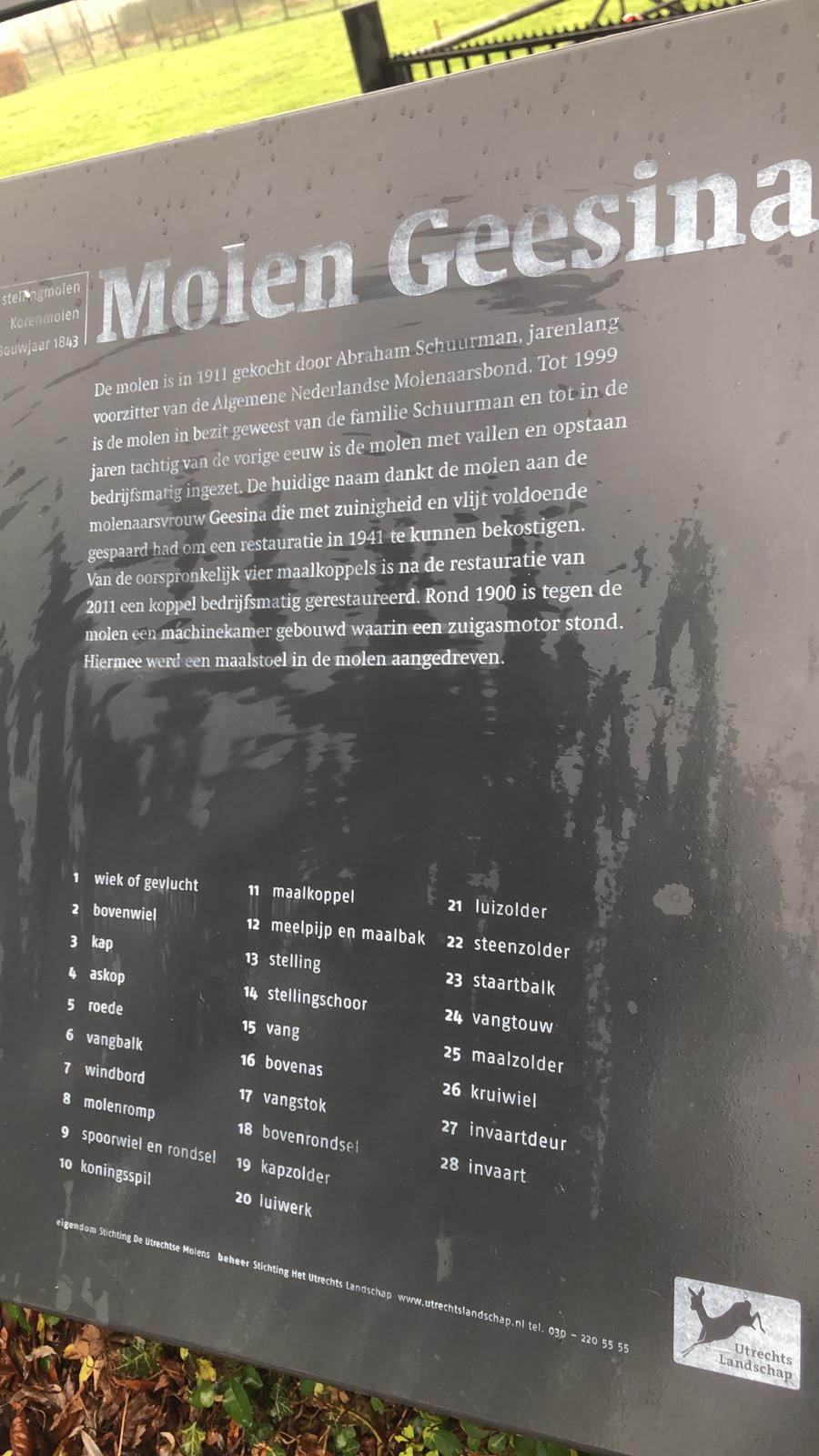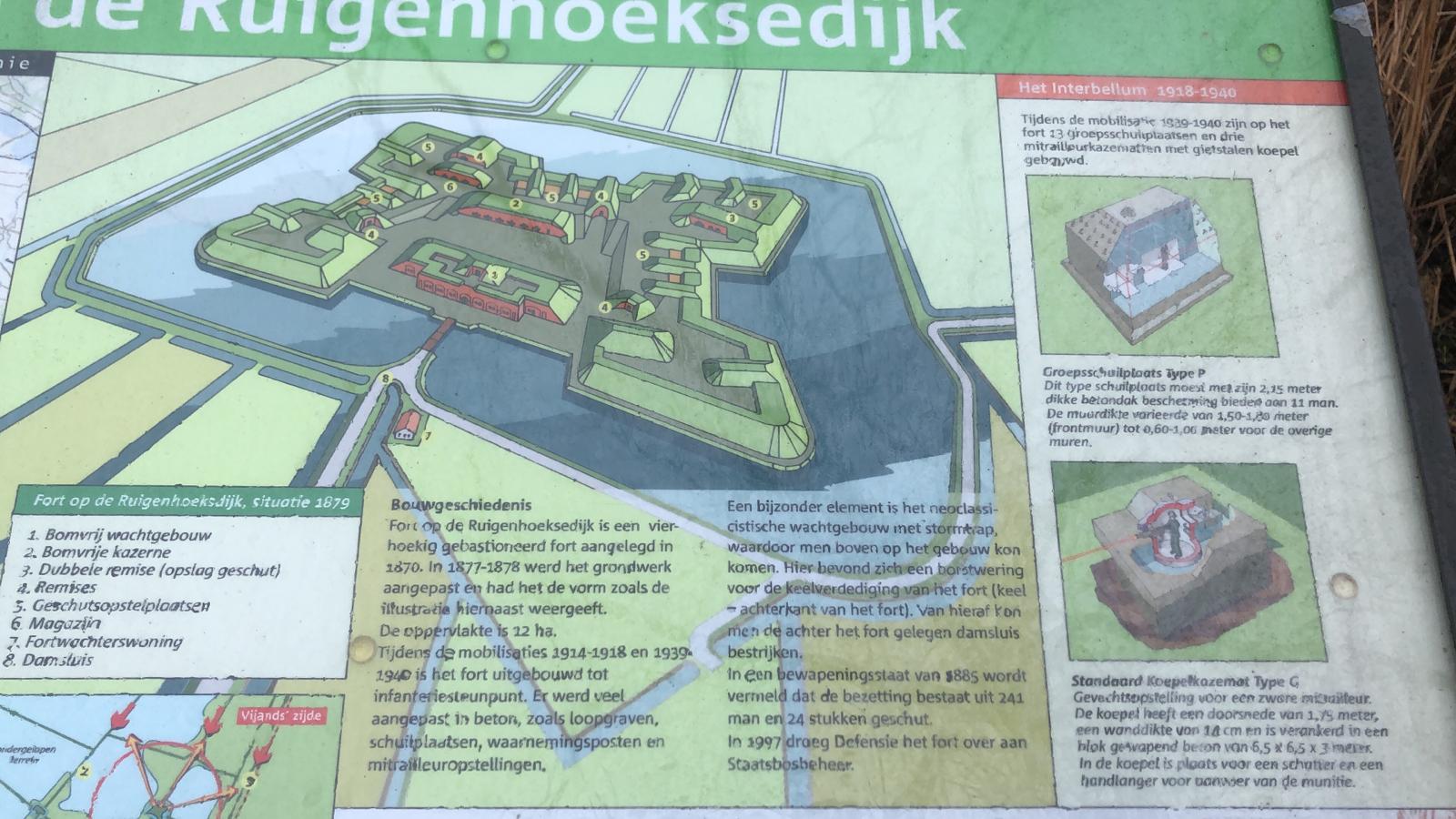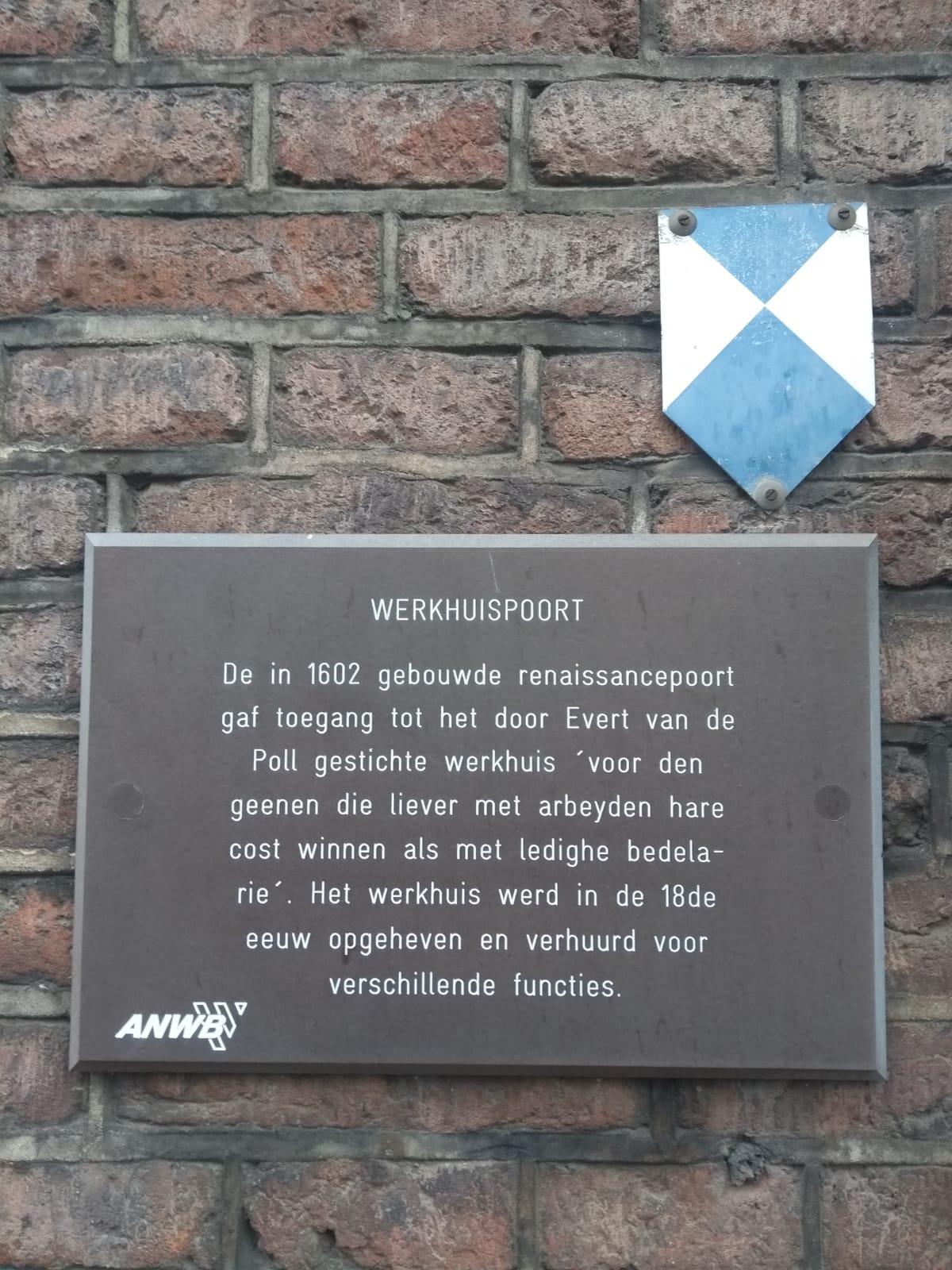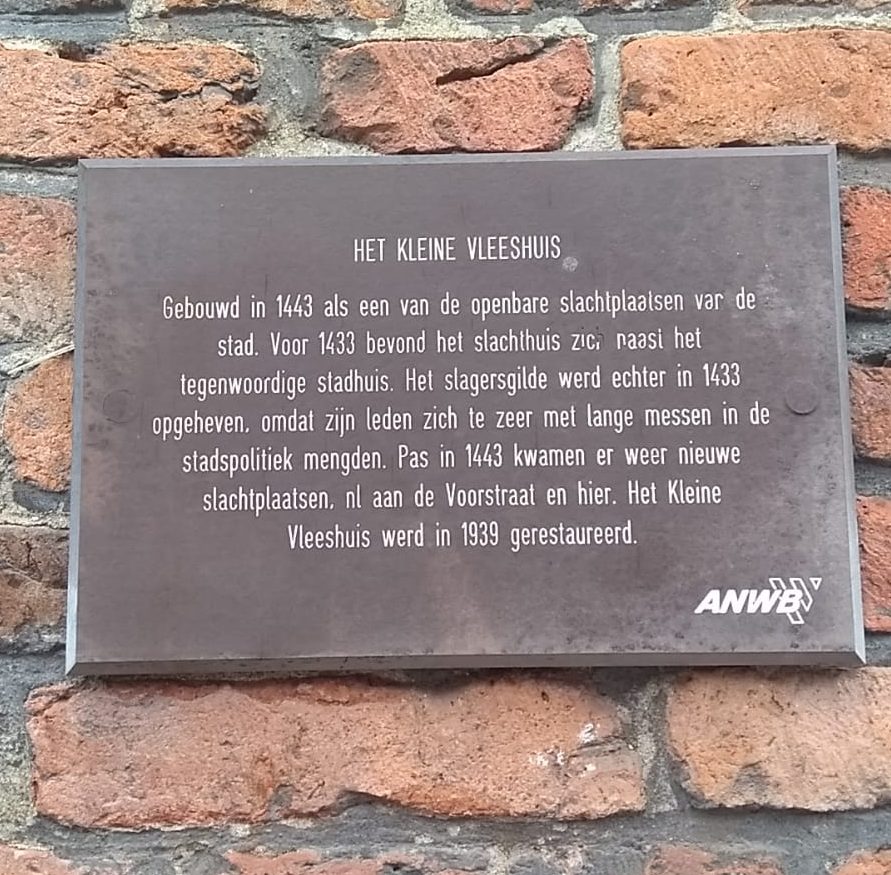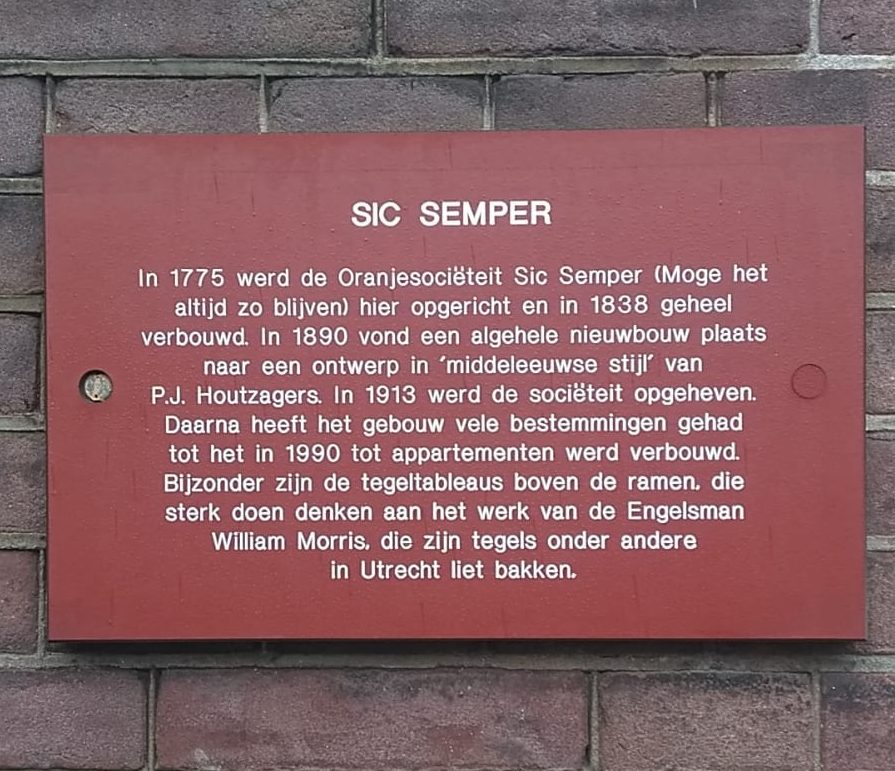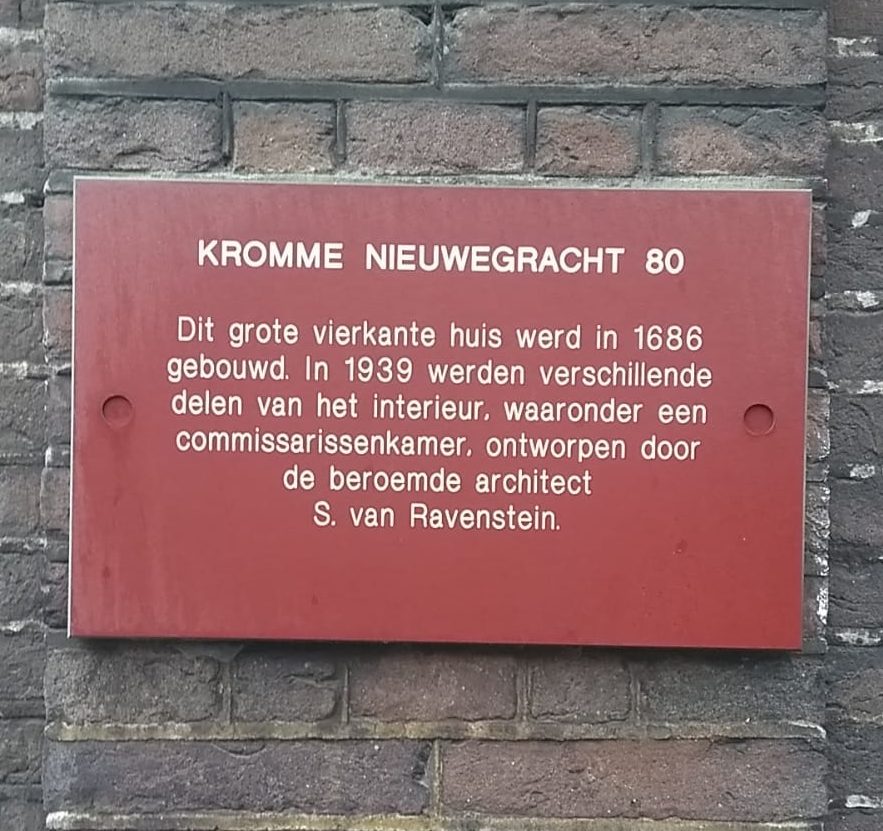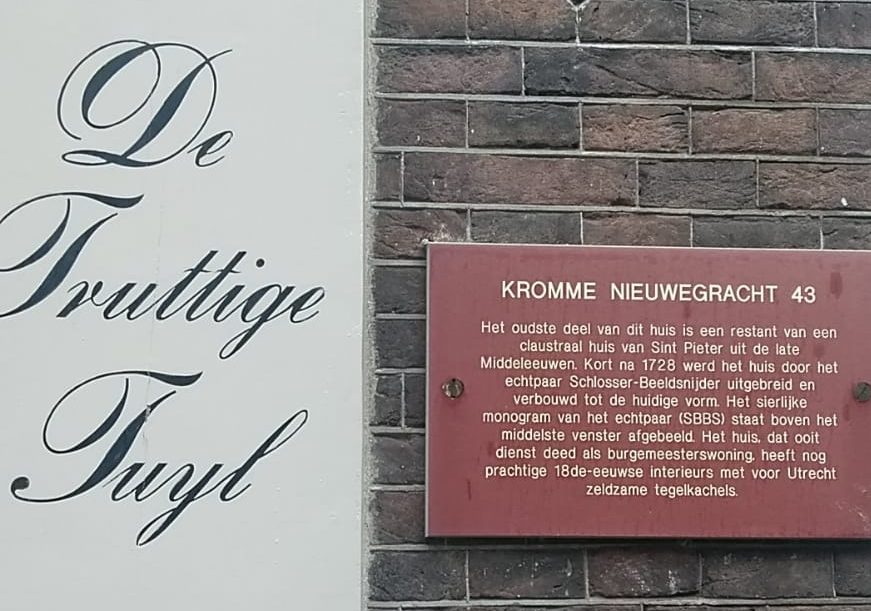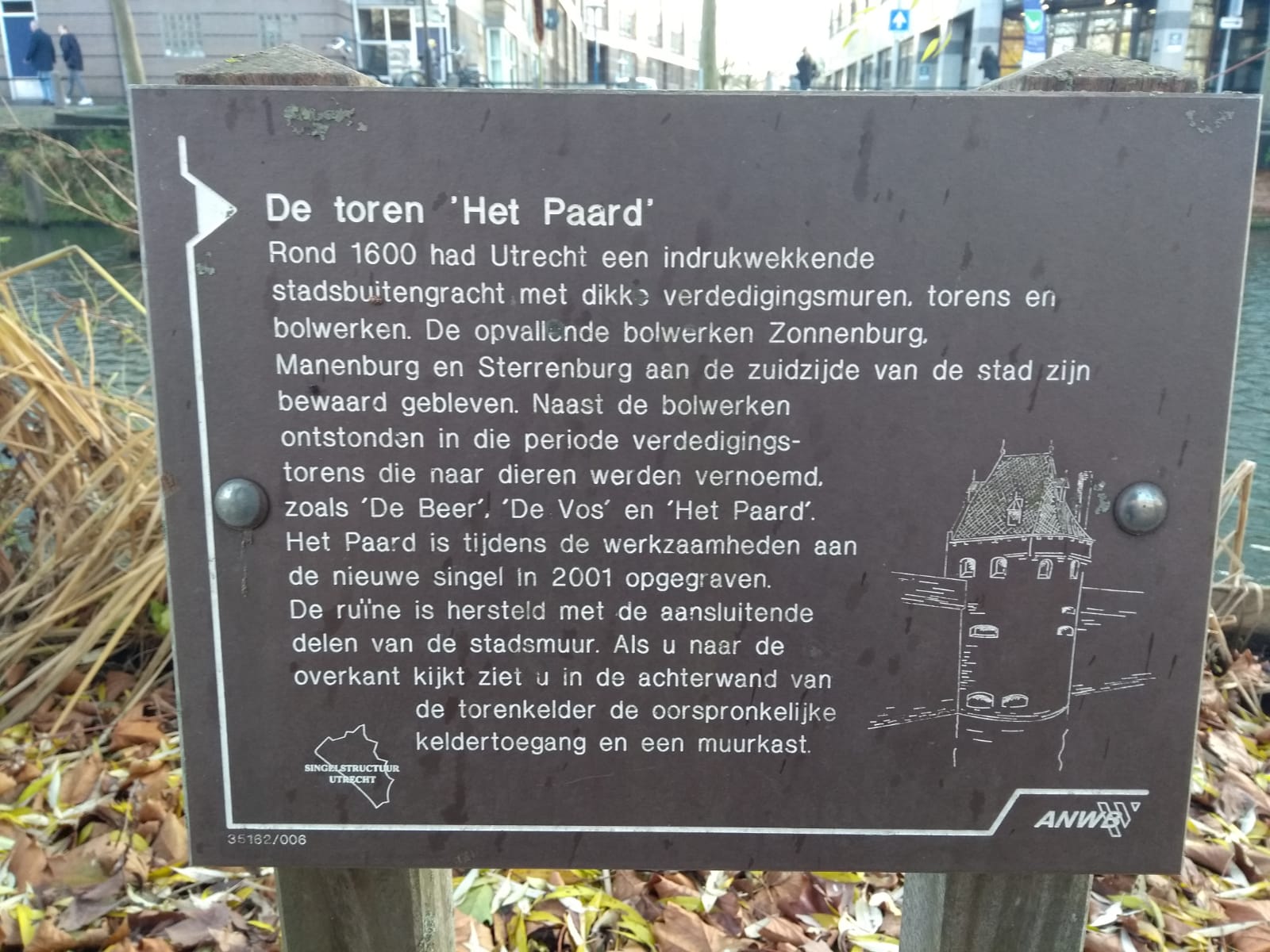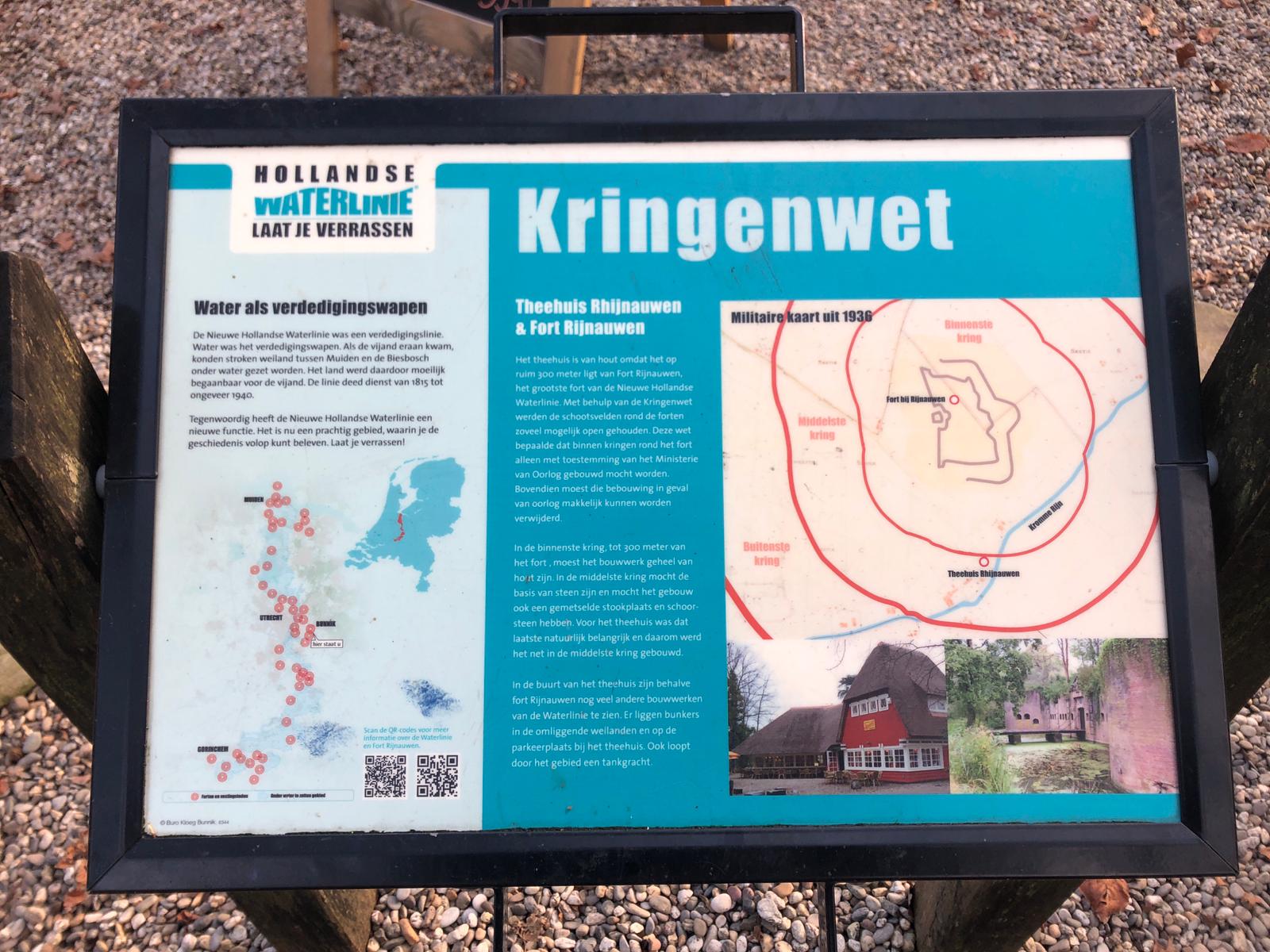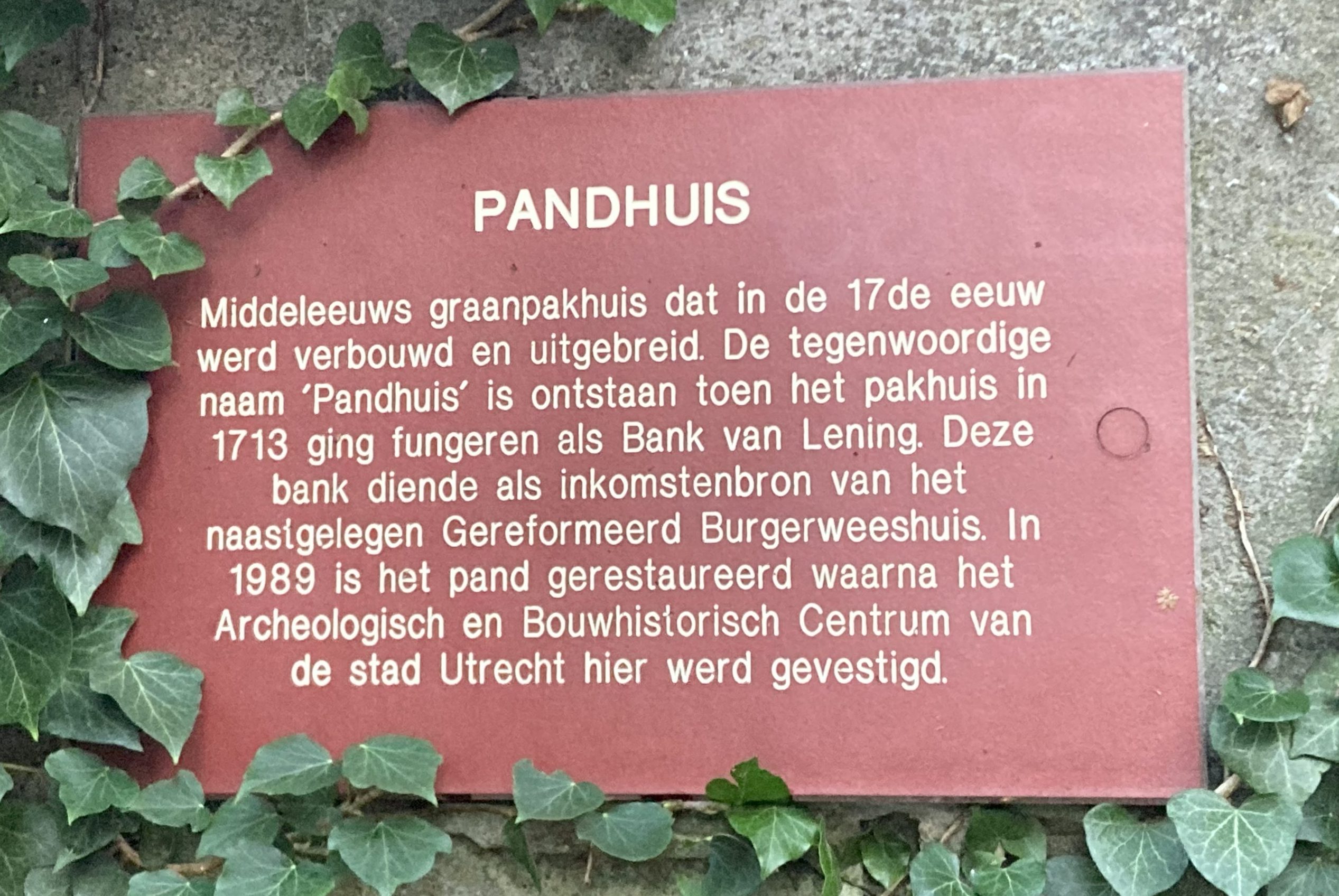Mill Geesina
Mill Geesina The mill was bought in 1911 by Abraham Schuurman, chairman of the General Dutch Millers’ Union for many years. Until 1999 the mill was owned by the Schuurman family and until the eighties of the last century the mill was used commercially by trial and error. The current name owes the mill earth […]

